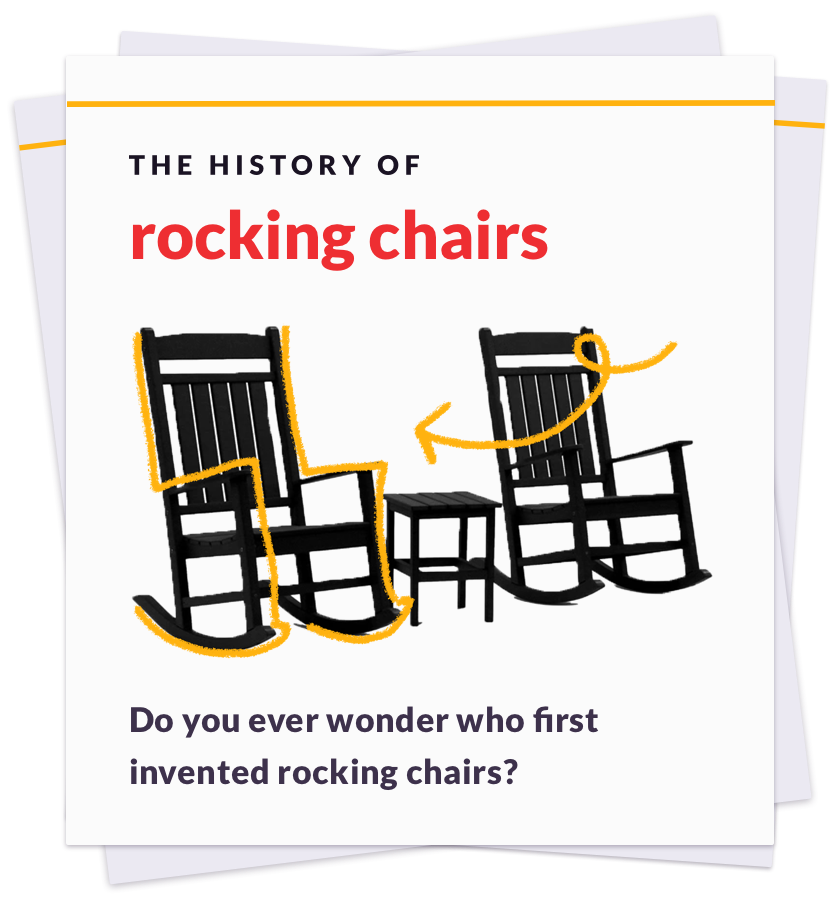The earliest watering vessels can be traced back to ancient Roman times; vessels used specifically for watering gardens have been found in the ruins of Herculaneum. However, the earliest prototype of the modern watering can dates to the 15th century, when special earthenware pots were used to sprinkle floors with water to control dust levels. This type of vessel was called a chantepleure and typically featured a bell-shaped center, a handle, a small hole at the top, and a series of small holes at the bottom. By placing one’s thumb over the top hole, it was possible to create enough pressure to keep the water inside the jug; releasing one’s thumb would cause the water to gently flow out of the holes at the bottom of the vessel. As interest in gardening grew in the 16th century, this device was adapted for watering plants. In a 1692 diary entry, Timothy Keeble mentioned the term “watering can” in writing for the first time. Fittingly, a more modern design emerged around that time that featured a jug with a large hole at the top for filling, a handle, and a funnel with a perforated spout for pouring water onto plants. Over time, the traditional earthenware construction gave way to copper, and beginning in the mid-1800s, iron, brass, and zinc took over as the most common watering can materials. In the late 1880s, an English civil servant named John Haws became interested in gardening. Frustrated with water cans, he decided to create his own. Haws created a watering can that featured two handles — one for carrying and one to facilitate tipping — and moved the funnel to the lower part of the main canister, making watering plants located on high shelves in homes or greenhouses much easier. In 1886, he was granted a patent for his design and began manufacturing a line of watering cans under his own name. Haws was awarded the Royal Horticultural Society medal for his invention, but sadly passed away before he could receive it. Still, his business lived on, and Haws watering cans are considered some of the best on the market today. Additionally, Haws' design is still popular all over the world. Today, watering cans remain a key tool in any garden’s arsenal and are available in several different materials at a wide variety of price points.

Your go-to guide for weird history facts
Subscribe to the FREE daily email that makes learning about history fun.


